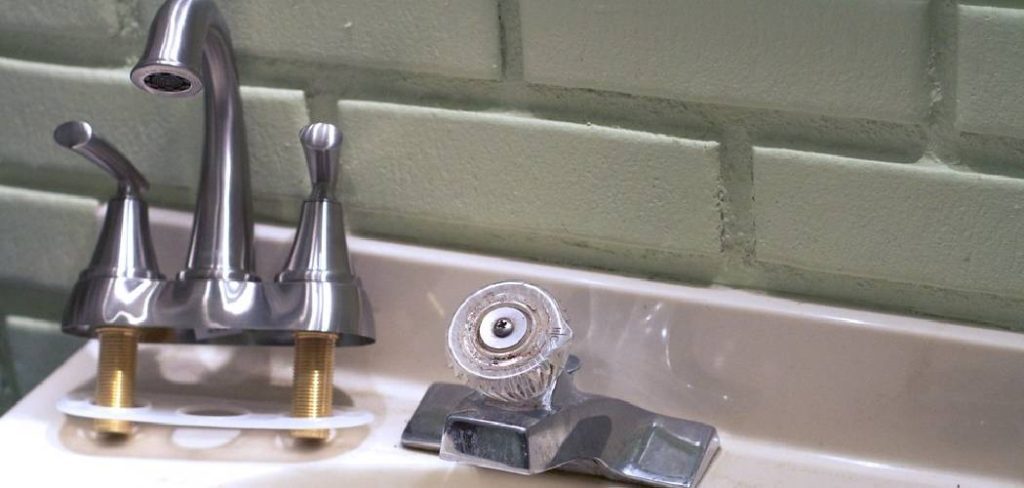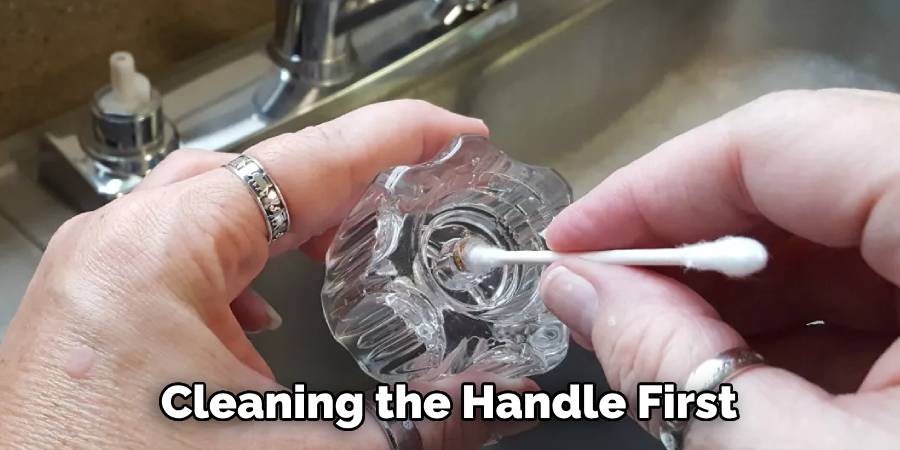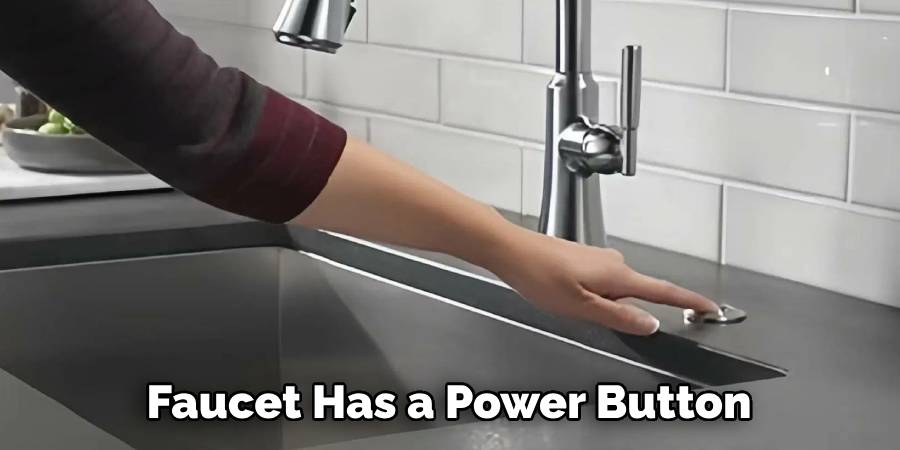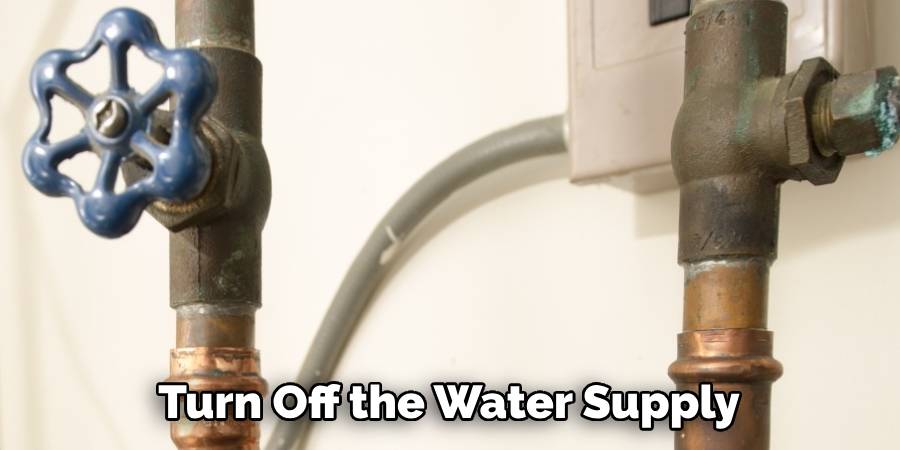The faucet handle is an essential part of any sink or shower fixture, as it controls the flow and temperature of water. However, due to frequent use, it may develop leaks or become stiff, making it challenging to turn on or off. In such cases, replacing the faucet handle becomes necessary. Removing a faucet handle may seem like a daunting task, but with the right tools and techniques, it can be done easily. In this guide, we will discuss the steps on how to remove the faucet handle.

Tools and Materials Needed
Before starting the process, gather all the necessary tools and materials to make the job easier. Here is a list of things you will need:
- Adjustable wrench or pliers
- Screwdrivers (Phillips and flathead)
- Allen wrench (if applicable)
- Replacement faucet handle
- Plumbers putty (optional)
How to Clean a Faucet Handle Before Removing It
Before replacing the faucet handle, it is essential to clean it thoroughly. Over time, dirt, grime, and mineral deposits can build up on the handle’s surface, making it difficult to remove. Cleaning the handle first will make the process smoother. Here are a few steps on how to clean a faucet handle:
- Begin by removing any visible dirt from the handle using a damp cloth.
- For tougher stains and deposits, mix equal parts of white vinegar and water in a spray bottle.
- Spray the solution onto the handle and let it sit for 10-15 minutes.
- Scrub the handle with an old toothbrush or soft-bristled brush to remove any remaining dirt or deposits.
- Rinse the handle with clean water and dry it with a clean cloth.

7 Easy Steps on How to Remove the Faucet Handle
Now, let’s dive into the steps on how to remove the faucet handle:
1. Identify the Make and Model of Your Faucet
It’s important to know the exact make and model of your faucet. Refer to your purchase receipt, or if you don’t have that, look for a brand name or any product serial number which can usually be found on the installation guide or the box your faucet came in.
2. Check the User Manual for Language Settings
Once you have the make and model number, find the user manual online or reach out to the manufacturer directly. User manuals often have sections dedicated to settings and display language changes. This is crucial for faucets with digital interfaces or smart features. It’s the easiest way to know if your faucet even has language settings and how to adjust them. Many modern faucets come equipped with LCD displays that can show information in different languages, making it a user-friendly experience for non-English speakers as well.
3. Power On Your Faucet
Most digital faucets operate on battery power, and some advanced systems may require an electrical outlet. Ensure that your faucet is powered on before attempting any changes. If the faucet has a power button, press it to activate the electronic interface. For models without a visible power button, the system might be activated by a sensor or by opening the water valve slightly to power on. Once powered, you will be ready to proceed to the language settings menu.

4. Navigate to the Settings Menu
Just like any digital device, faucet displays will have a settings menu. This will typically be a function button on your faucet’s handle or a series of button presses on the display interface. Once you’re in the settings menu, look for the language or “display” option; it is often indicated by a globe or speech bubble icon. By selecting this, you can toggle between different languages, including English, Spanish, French, and others, depending on the model’s capabilities. If you encounter any difficulties, most user manuals provide detailed instructions along with illustrations that can guide you through this process step by step.
5. Select ‘Languages’
Once you are in the settings menu, navigate to the ‘Language’ or ‘Language Options’ section. This is where you will have the option to change from the default ‘EN-US’ to other available languages. Be mindful that not all models will have many language options to choose from.
6. Select Your Preferred Language
Carefully select the language you are most comfortable with from the list of available options. This is usually done by navigating the menu with the function button and using the same button to select your preference. After making your selection, confirm the change if prompted by the system. This ensures that your faucet’s interface will display all instructions and settings in your chosen language, making it easier for you to use and customize its features.
7. Save Your Changes
After selecting your preferred language, navigate to the ‘Save’ option in the settings menu and confirm the selection. Your faucet display should now be in the language you selected. Remember, each model may have slightly different navigation, but the process typically follows a similar pattern.
This listicle provides straightforward guidance to rid you of the alien EN-US language on your digital faucet. Each step is designed to simplify the process, ensuring that you can tackle this home “renovation” with ease. Now, every time you turn on the tap, you’ll be greeted by the comforting sight of words you understand—and that’s a language we can all appreciate.
Frequently Asked Questions
How Do You Remove a Push Fit Faucet Handle?
Staring down the sleek curve of your stylish faucet, the task at hand may seem mystifying — how to remove the faucet handle when there are no visible screws or latches? Fear not, because with a gentle but firm grip and an eye for the subtle art of plumbing, you’ll conquer this fixture’s secret. The key to unveiling the hidden catches of a push fit faucet handle lies in understanding its clever design.
By wrapping your hand around the handle’s base and applying a careful upward pull, you might feel the magic happen as the mechanism releases, revealing its inner workings. No arcane tools, no whispered plumbing incantations, just the triumphant simplicity of knowing how to deftly remove the faucet handle, setting the stage for whatever maintenance or upgrade your heart desires.
How Do You Remove a Faucet Head?

Removing a faucet head may seem intimidating, but it’s actually a simple process that you can easily do yourself. Start by locating the cap on top of the faucet head and gently pry it off with a flathead screwdriver or your fingernail. Underneath the cap, you will find a screw that holds the faucet head in place. Use a screwdriver to loosen and remove the screw, then gently twist and pull off the faucet head. If it feels stuck, try wiggling it back and forth while pulling to loosen it.
Once removed, you can clean or replace the faucet head, or access any parts that may need maintenance or repair. Just make sure to turn off the water supply before starting any work on your faucet. With a little knowledge and the right tools, you can easily remove and replace a faucet head to keep your plumbing in top shape. So don’t be intimidated by the hidden catches or complex designs of your stylish faucet – with these tips and tricks, you can confidently tackle any maintenance or upgrade projects for your home’s plumbing fixtures.
How Do You Remove a Bathroom Faucet Handle?
Removing a bathroom faucet handle follows a similar process to removing a faucet head. Start by locating the cap or decorative cover on top of the handle, and gently remove it with a flathead screwdriver or your fingernail. Underneath, you will find either a screw or a small set-screw that holds the handle in place. Use the appropriate tool to loosen and remove the screw, then carefully pull off the handle. If it feels stuck, try wiggling it back and forth while pulling to loosen it.
Once removed, you can access the valve or cartridge underneath for cleaning or replacement. Just like with removing a faucet head, be sure to turn off the water supply before starting any work on your bathroom faucet handle. With some basic knowledge and the right tools, you can easily remove and replace a bathroom faucet handle to keep your plumbing running smoothly. Don’t let the fear of complicated designs or hidden screws stop you from maintaining or upgrading your bathroom fixtures – with these simple steps, you’ll be a DIY plumbing pro in no time!

Conclusion
In conclusion, knowing how to remove the faucet handle is an essential skill for any homeowner. By following these steps and taking proper precautions, you can easily maintain your plumbing fixtures and even upgrade them with new styles or features. Don’t be afraid to tackle small plumbing projects on your own – with the right knowledge and tools, you can save time and money by DIY-ing instead of calling a professional.
So, whether you’re experiencing a leak or simply want to upgrade your bathroom, go ahead and confidently remove that faucet handle with ease. Remember to always take necessary safety measures and consult a professional if you feel unsure about any step in the process. With practice, you’ll become a pro at removing and replacing bathroom faucet handles in no time. Happy DIY-ing!
